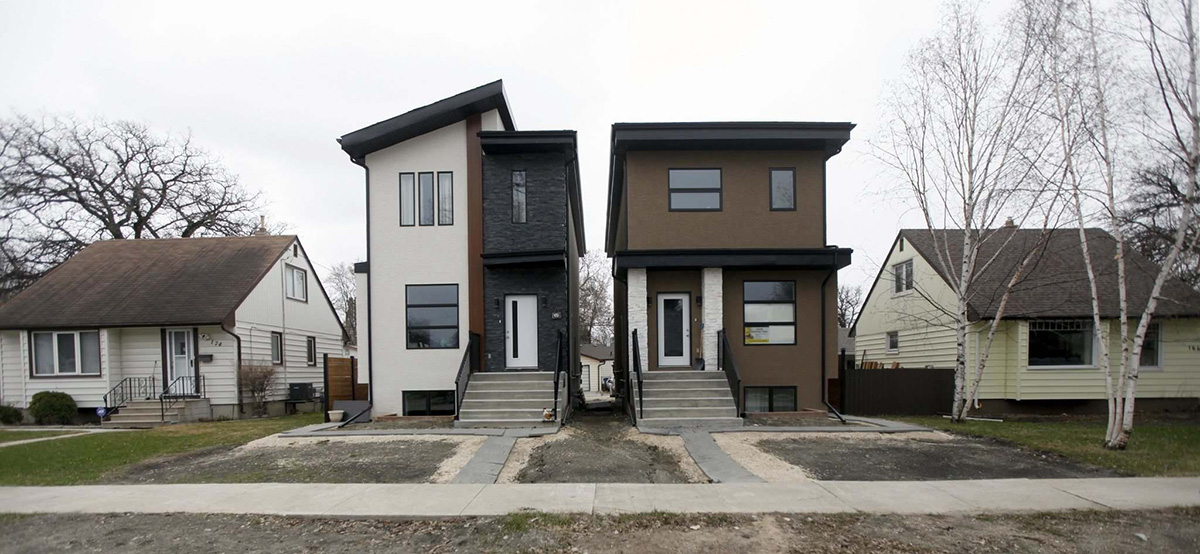Growing Trees in An Urban Environment
Maintaining and growing trees in an urban environment have become increasingly difficult due to higher pest and disease pressures, root damage, lack of soil volume, road salt spray, poor soil, and often because trees are in the way of the new build.

Our mature tree canopy is often underappreciated. We must realize that removing a 150-year-old Oak tree cannot be easily justified, and it is a heavily weighted decision. We need to make every effort to protect and preserve the mature trees we already have.
Trees Show a Delayed Response to Root Damage
Trees that have been impacted by root damage or soil degradation will suffer for many years. The damage's effects are often not noticeable until 3-5 years after the fact because trees have stored food reserves in their trunk, limbs, and roots, and they draw on this until it becomes depleted. The connection between tree decline and what caused it is lost.
Consult with an Arborist
Some of the most damaging acts done to trees in the construction process can be avoided or lessened by consulting with an arborist in the project's planning stage through completion. An arborist will be able to provide the following services:
- Identify which trees are valuable and worth protecting;
- Provide a Tree Protection Plan that encompasses the tree and its roots as well as protection for the soil;
- Communicate with planners and contractors, and see that proper procedures are being followed;
- Recommend post-construction care.
Prevent Soil Compaction
Most soil in an urban environment has been compacted to some degree through construction activity, vehicle traffic, soil moving, handling, or grading. Every effort should be made for prevention because a slight change in soil compaction can dramatically change how trees grow.

